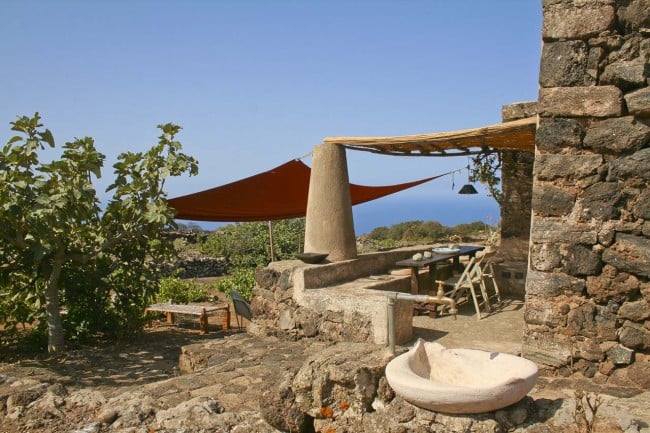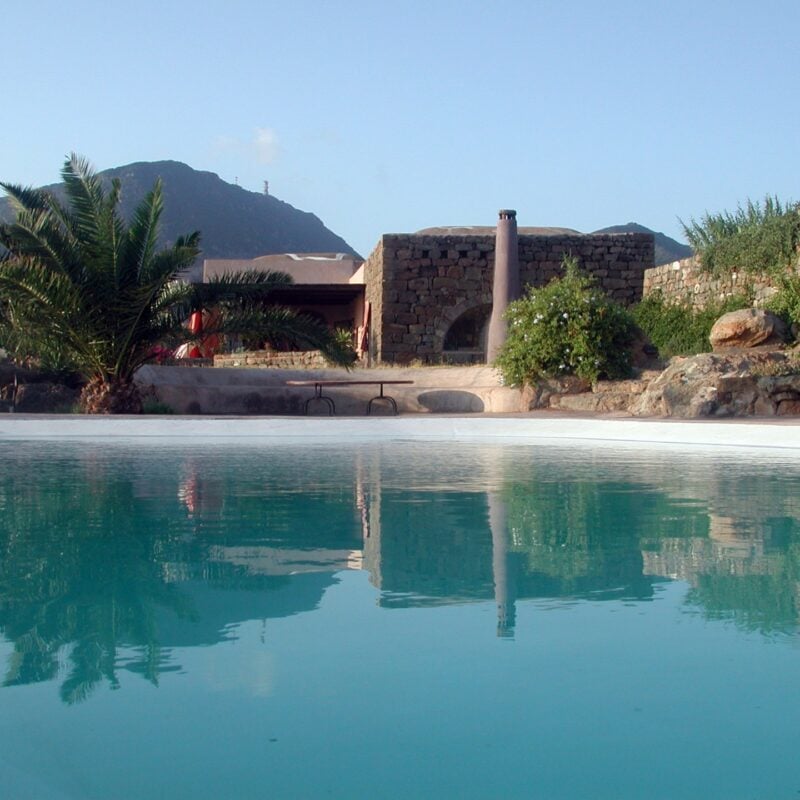
Dammusi in affitto a Pantelleria
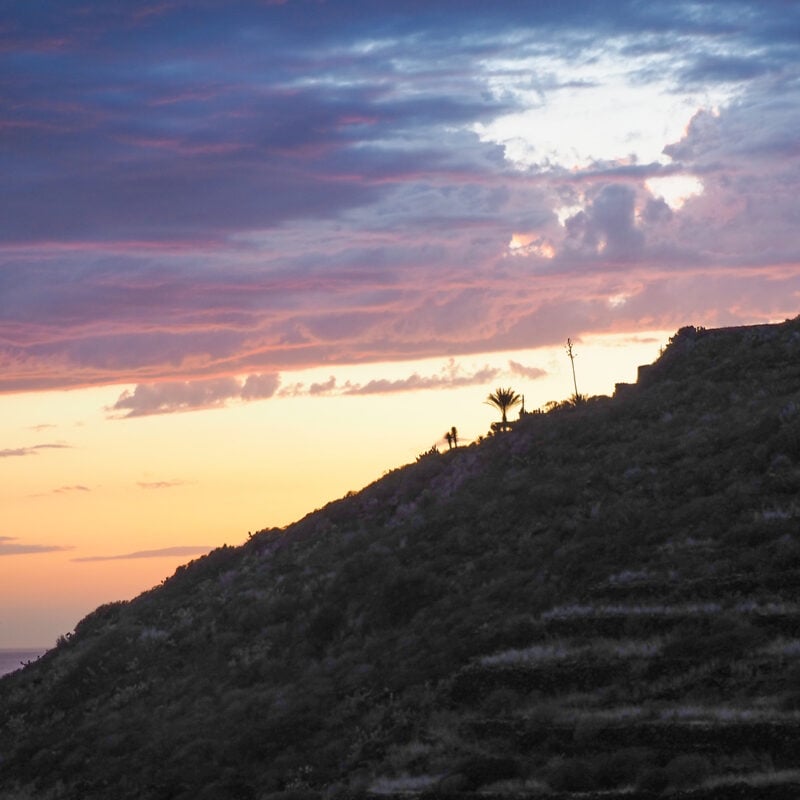
L'isola di Pantelleria
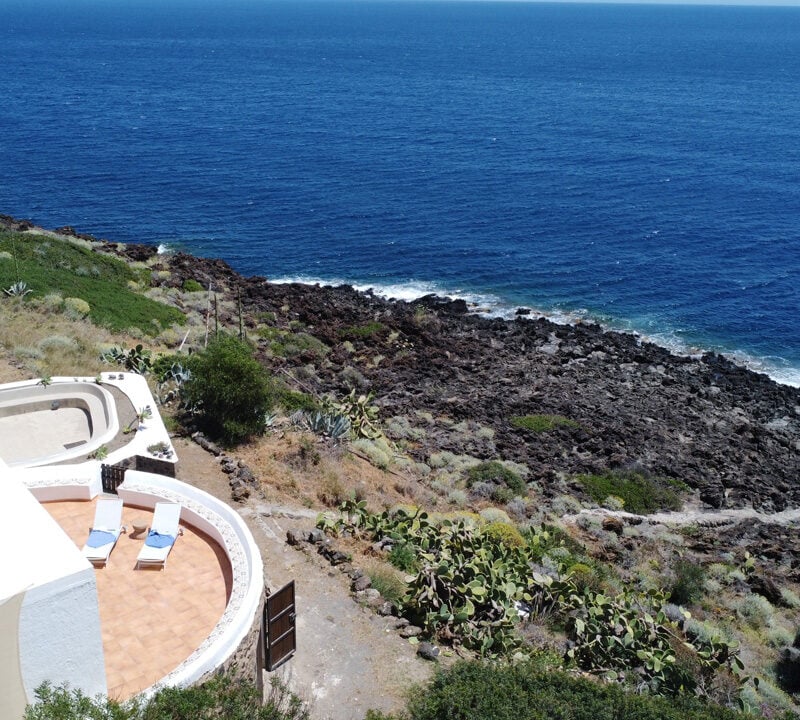
Dammusi sul mare
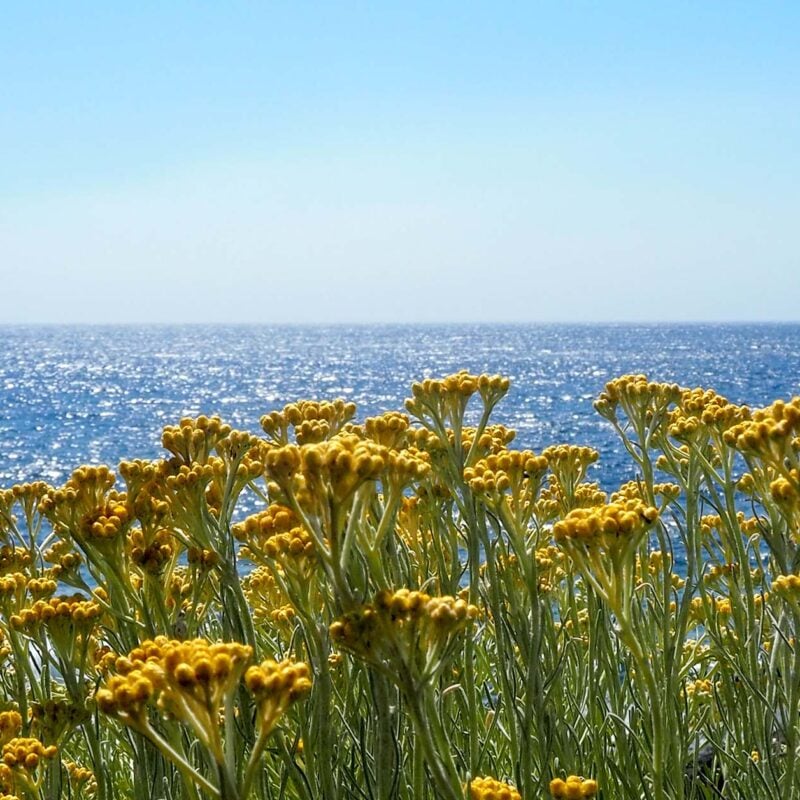
Un'isola per tutte le stagioni
Le tue vacanze a Pantelleria cominciano da qui!
Scopri i nostri esclusivi dammusi in affitto e preparati a vivere una vacanza indimenticabile.
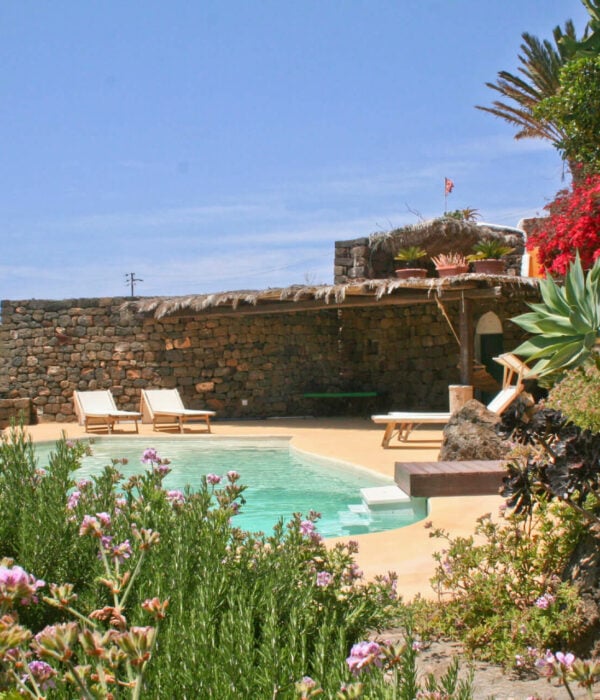
Dammusi di prestigio
Una filosofia che va oltre il sole-mare-posti letto, un’attenzione ai dettagli che renderanno il tuo soggiorno unico.
Dammusi in offerta
Vedi i dammusi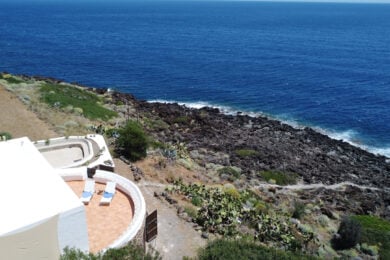
Tea Maria
Un dammuso sul mare unico e raro. Pantelleria come non l’avete mai vista e con il blu tutto intorno.
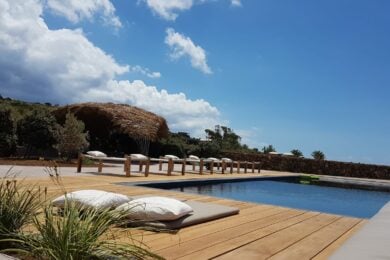
Euphorbia
Spazi generosi e tante comodità. Una piscina mozzafiato con una vista mare e tramonto da sogno. Pantelleria come non l’avete mai vista!
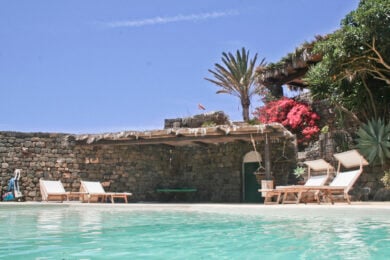
Zighidi
Un dammuso spazioso, accogliente ed originale. C’è anche la piscina. E la vista mare. E il tramonto. Basta, lo giuro.
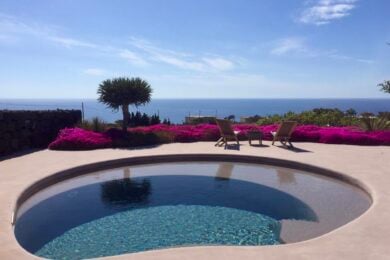
Qamar
Un Dammuso nel cuore dell’isola alla distanza perfetta da tutti i luoghi piu’ preziosi di Pantelleria.
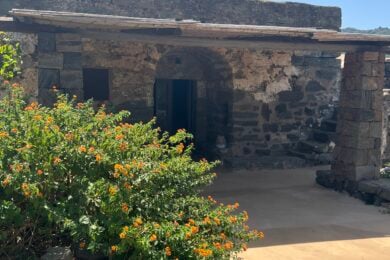
Venere
Un dammuso sulla riva dello specchio di venere: Pantelleria come non l’avete vista mail!

Martin Vivaio
Un dammuso d’epoca con vista mare in contrada Rekhale. I tramonti di Pantelleria ti aspettano.
Dal Blog
Vai al Blog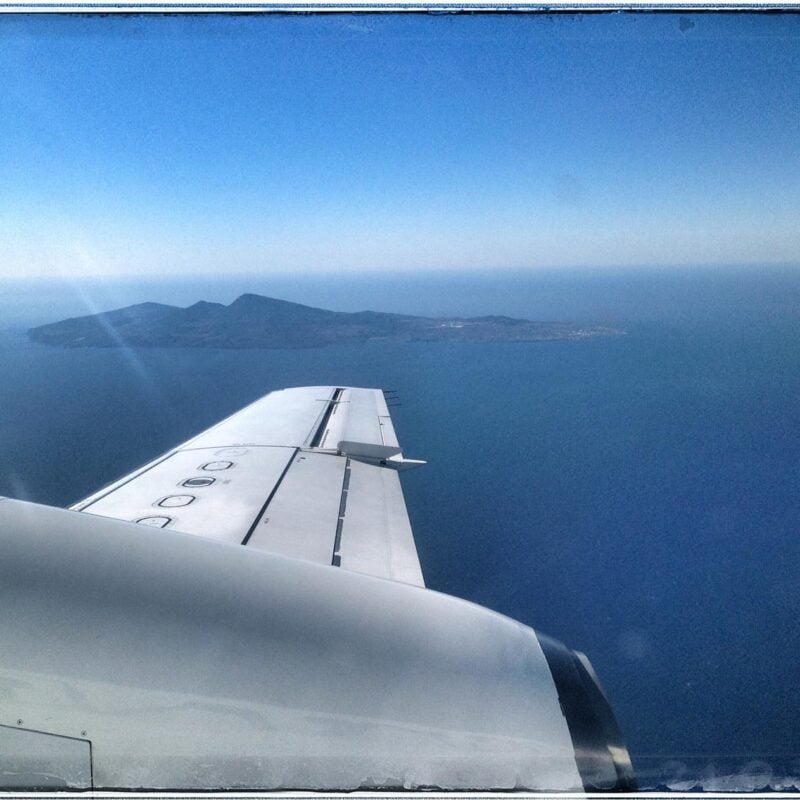
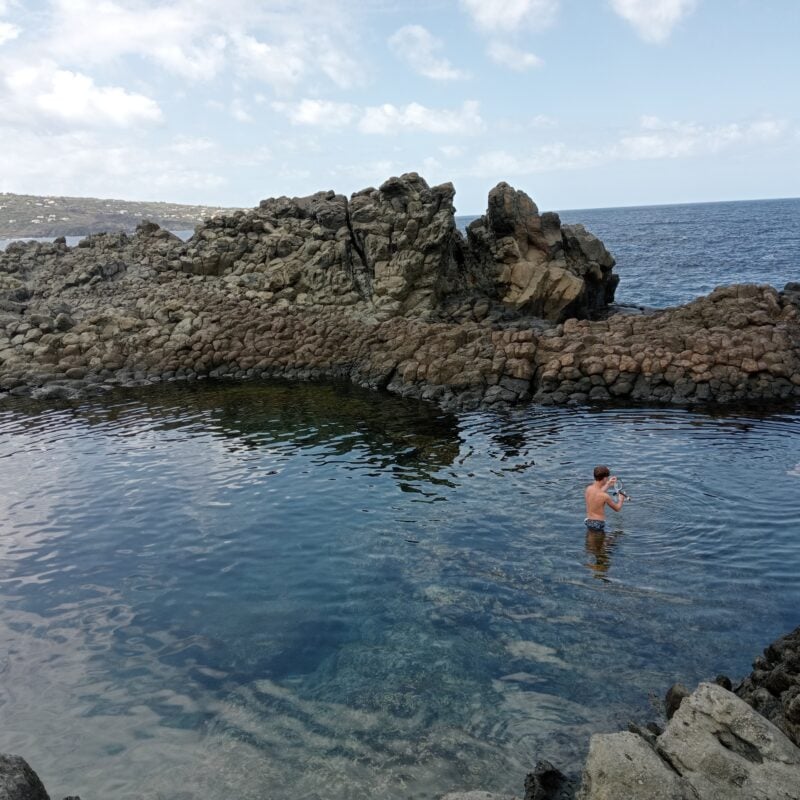
Pantelleria e i cinque luoghi di mare da “vivere”
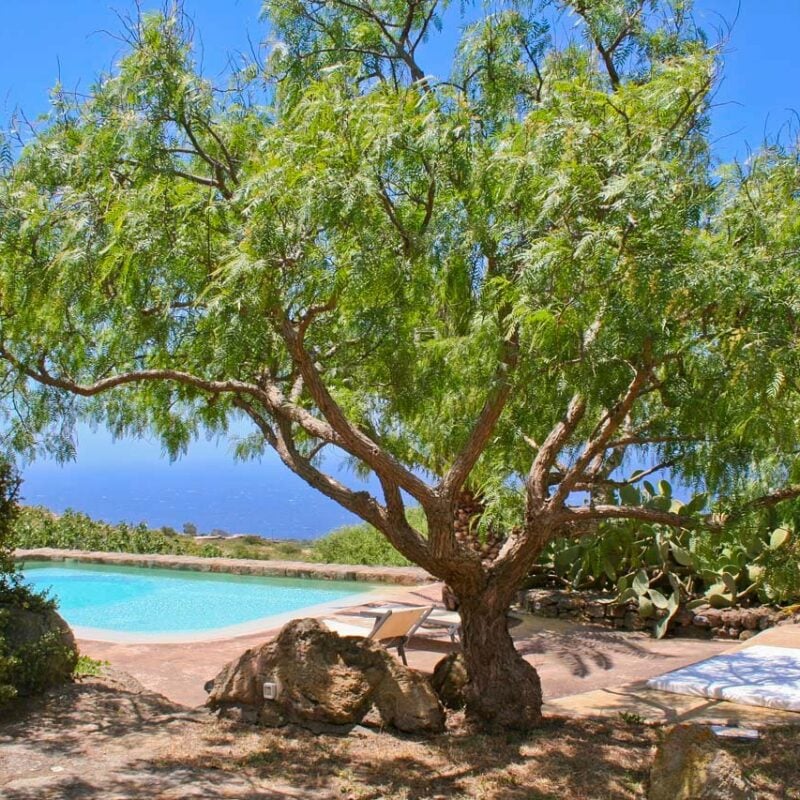
Pantelleria e i cinque consigli per la scelta del vostro Dammuso.
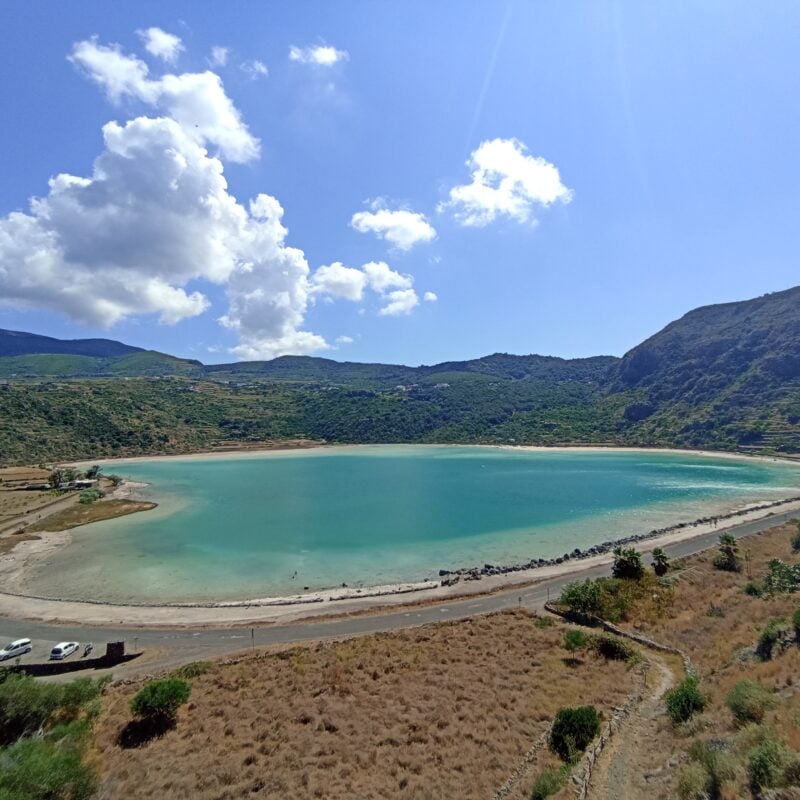
Pantelleria, istruzioni per l’uso
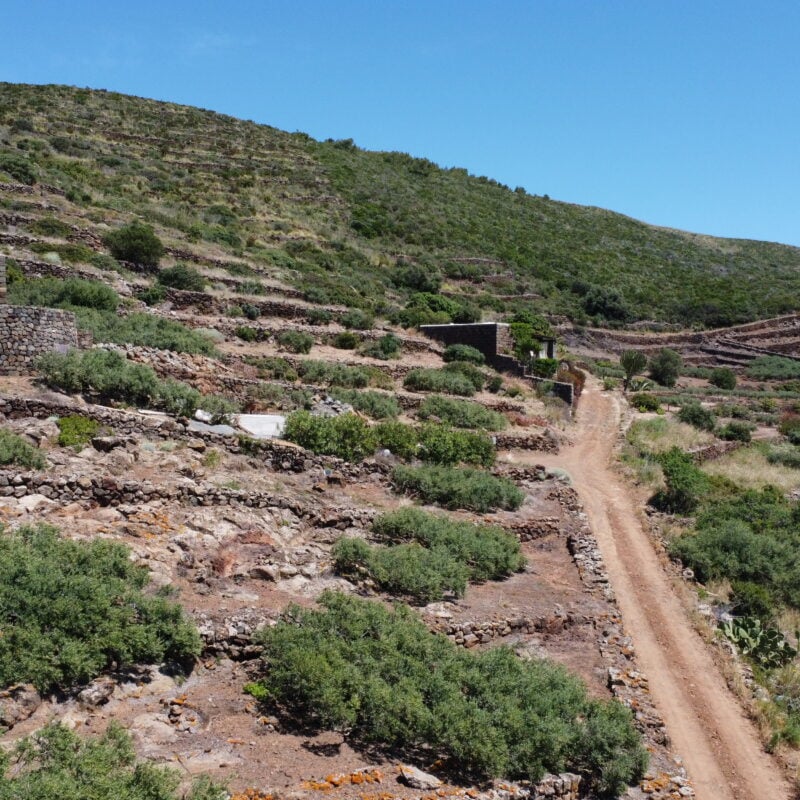
Visitare Pantelleria, in auto o in moto?
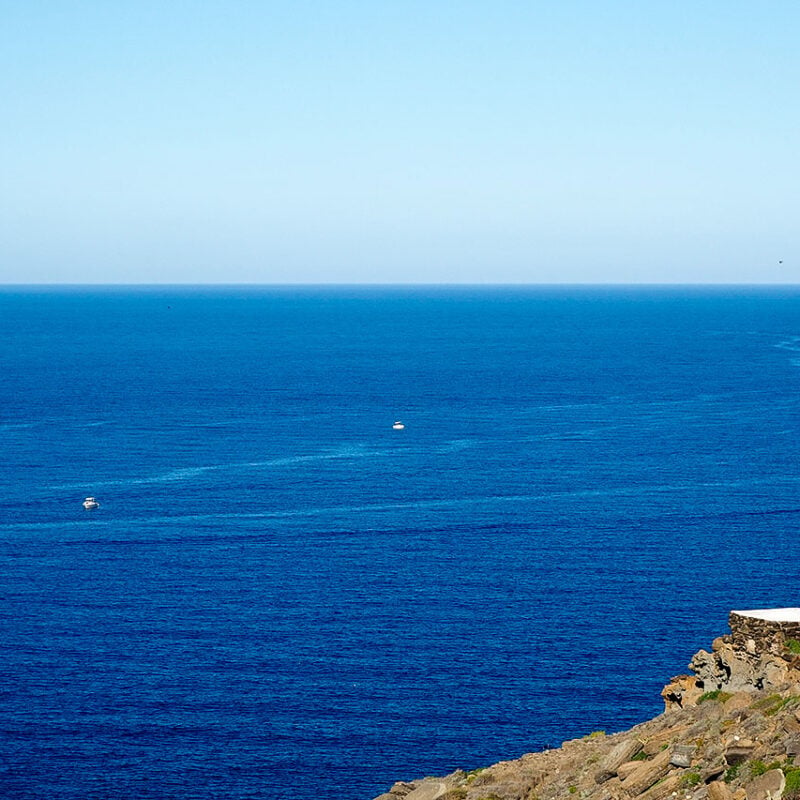
Pantelleria, i voli per l’estate 2024
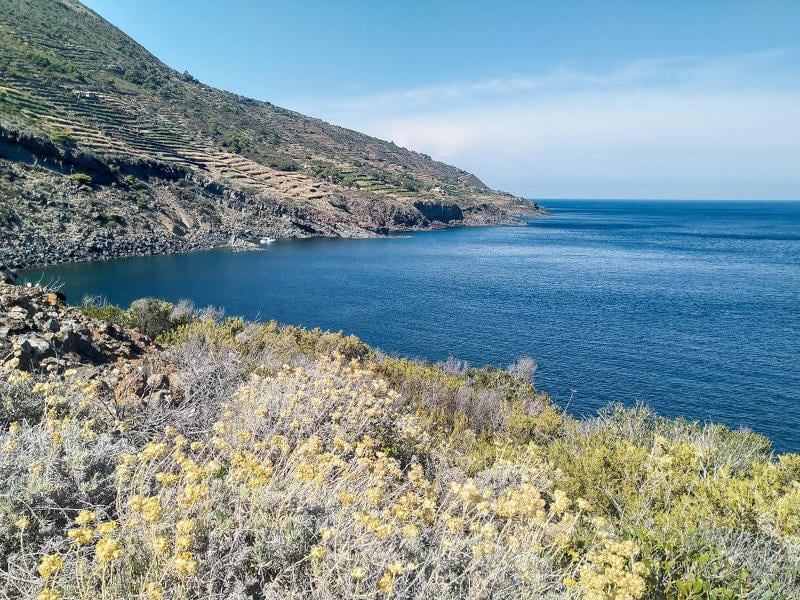
Vacanza a Pantelleria: cosa mettere in valigia
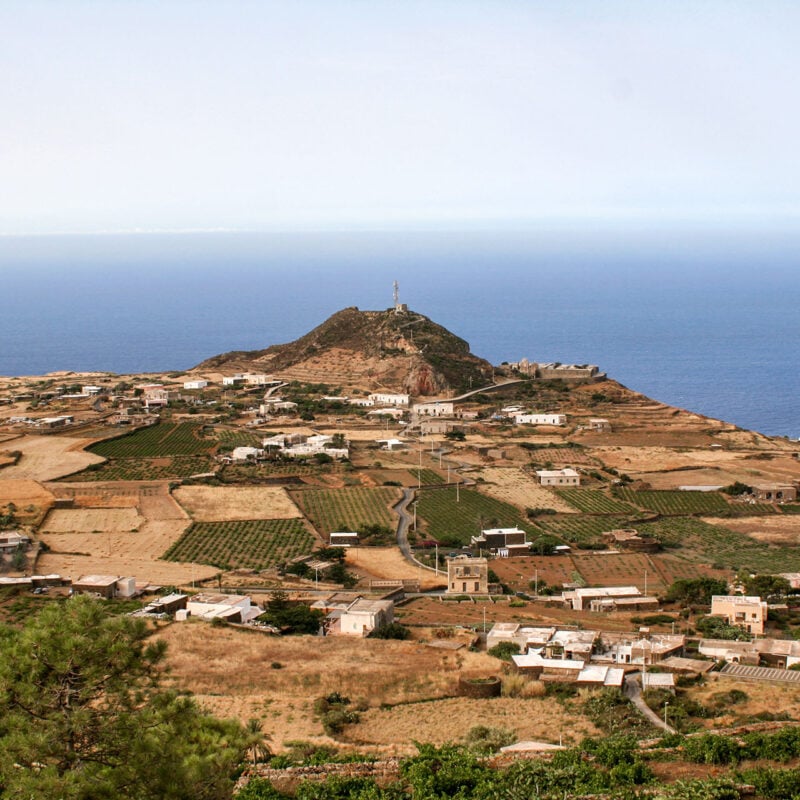
Pantelleria, auto o moto?
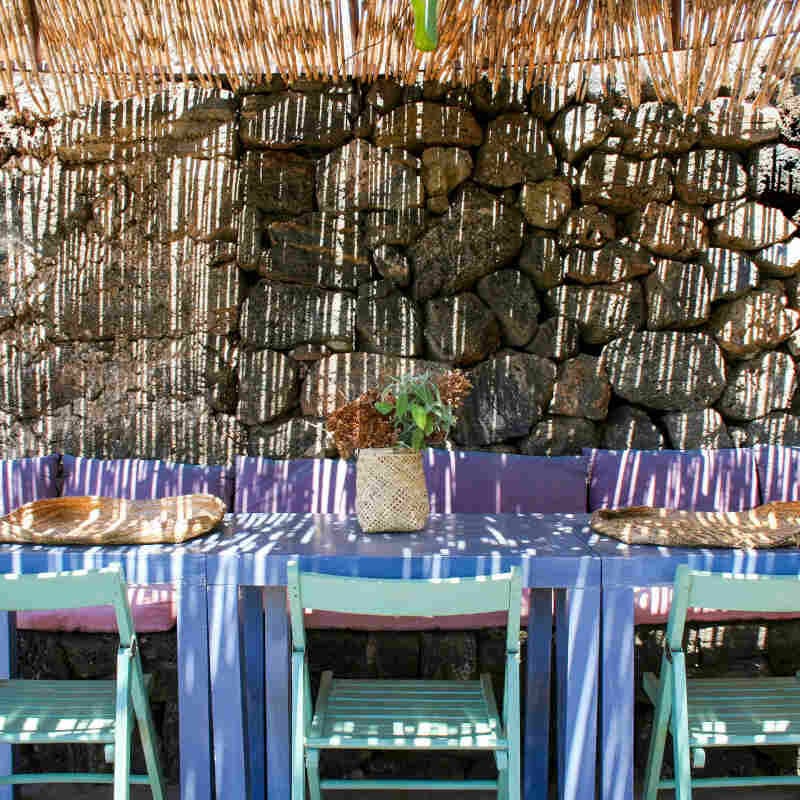
Indicazioni e consigli su Pantelleria, una telefonata in “viva voce”
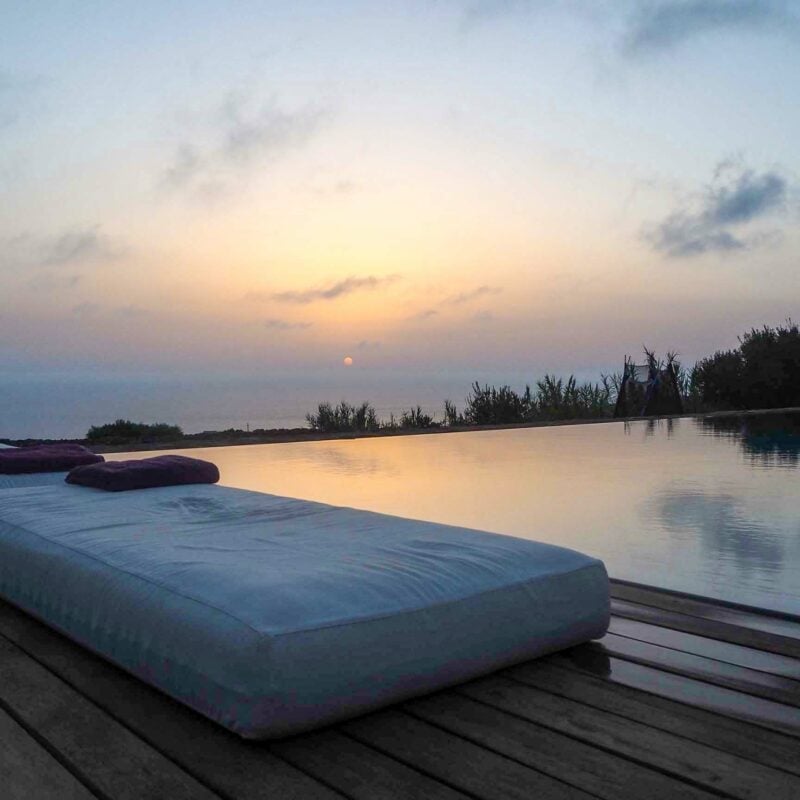
Dammusi di Pantelleria: storia, costi e consigli per scegliere quello ideale
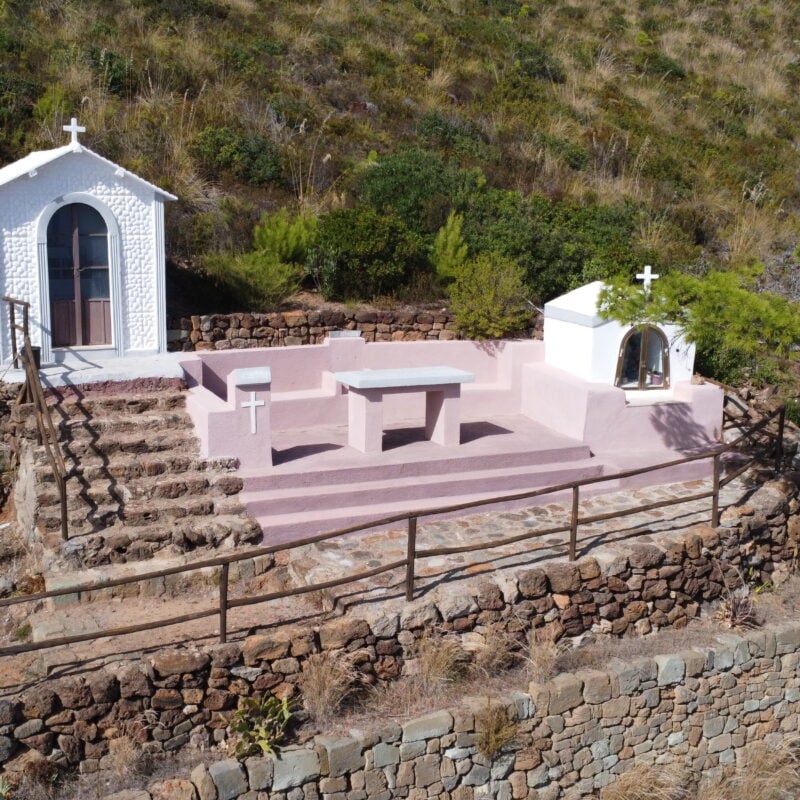
Pantelleria a Natale: esperienze autentiche e luoghi imperdibili dell’isola
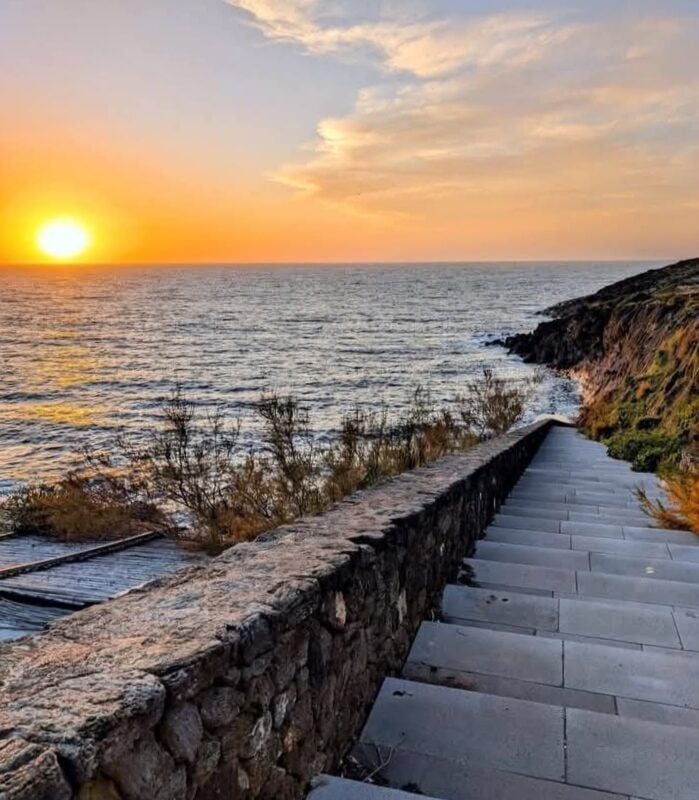
Pantelleria in inverno: un racconto tra Sataria, dammusi e cieli incantati
